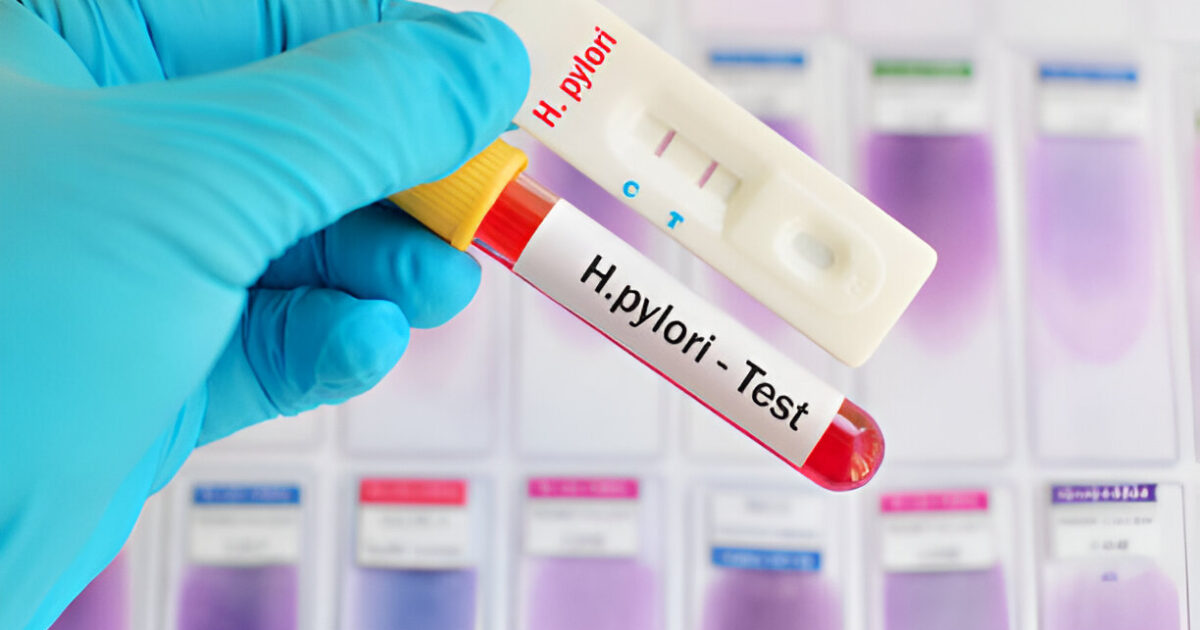The main challenge diagnosing for ulcers involves determining whether an H. pylori test is the right tool for the job. The stomach lining gets infected by H. pylori bacteria which are the main culprit responsible for creating peptic ulcers. Although H. pylori cause many ulcers it cannot account for all cases and H. pylori infection does not necessarily lead to ulcer formation. The question remains whether H. pylori testing represent an adequate method for diagnosing an ulcer or if doctors should perform further diagnostic assessments.
Jant Pharmacal creates diagnostic solutions like the rapid urease test products to handle this diagnostic difficulty. Their products achieve 99% accuracy in detecting H. pylori infections and can be trusted by healthcare professionals. Through its high-quality diagnostic tools they helps laboratories achieve enhanced diagnostic abilities that benefit point-of-care medical services. Through their products medical practitioners obtain quick and precise H. pylori detection capabilities which benefit the diagnosis and therapy of ulcerated conditions.
H. Pylori play a significant role in developing ulcers
The pesky bugs damage the protective layers of stomach tissue and duodenal tissue making them vulnerable to acid damage. The weakening of stomach and duodenal lining leads to the formation of peptic ulcers which affect the stomach or upper small intestine lining. Peptic ulcers predominantly develop from Helicobacter pylori bacterial infections yet there are some other factors that can cause these painful sores like:
- Prolonged NSAIDs use
- Stressful lifestyle
- Alcohol overuse
- Serum hypotension
How H. Pylori Tests Work?

Different H. pylori diagnostic tests exist with individual strengths and weaknesses among them.
- Breathe test: A patient’s breath undergoes carbon dioxide testing following urea solution intake through this non-invasive urea breath test. The test provides precise results that doctors use for both identifying patients with H. pylori and checking their condition after treatment.
- Stool antigen test: It measures H. pylori antigens which exist within stool samples. The procedure delivers reliable results at both initial stage identification and it helps ascertain complete elimination following medical intervention.
- Blood antibody test: It looks for H. pylori antibodies that exist in blood samples. Its diagnostic value decreases for present infections since antibodies remain in the bloodstream although the bacteria have been eliminated.
- Endoscopic Biopsy: Medical specialists might use endoscopic biopsy to collect tissue from the stomach lining for H. pylori examination. Observation of both the stomach lining and ulcer sites becomes possible through this invasive medical process.
Is H.pylori testing sufficient to diagnose ulcer?
Even though testing for H. pylori remains crucial but alone does not produce an adequate diagnosis of an ulcer. Being diagnosed with H. pylori indicates bacterial presence yet it does not necessarily mean an ulcer exists. An ulcer can appear independently without an active H. pylori infection in the body. Therefore your doctor needs to perform endoscopy and imaging studies to verify the presence and seriousness of ulcer.
H.pylori testing is essential in identifying the major cause of peptic ulcer but must not as a stand-alone tool! Doctors complement it with extra diagnostic procedures to confirm an ulcer development and make an informed treatment plan.





